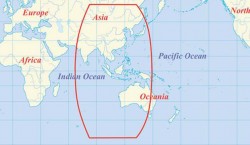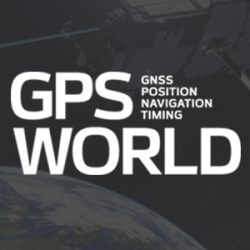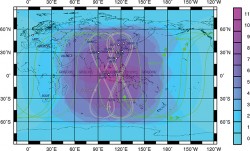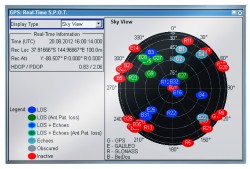
Who Carries the Gold Standard Now?
January 28, 2014
China’s BeiDou system claimed a user range error (URE) of 2.5 meters zero age of data (ZAOD) 95% […]
Read More

On December 27, 2013, the first anniversary of BeiDou Navigation Satellite System providing full operational regional service was […]

The implementation changes and first live tests of BeiDou and Galileo on Teseo-3 GNSS chips developed in 2013 are covered, bringing it to a four-constellation machine. By 2020, we expect to have four global constellations all on the same band, giving us more than 100 satellites — under clear sky, as many as 30 or 40 simultaneously.

From the GNSS R&D Discussion Group on LinkedIn Hello, everyone, I am looking for a tool/software which can […]

By Peter O. Large, Vice President, Trimble November 29, 2013, marks the 210th anniversary of the birth of […]

By adhering to the principles of independence, openness, compatibility, and gradualness, China has steadily pushed forward the deployment of the BeiDou Navigation Satellite System (BDS), following a planned three-step strategy. In 2000, BeiDou Navigation Satellite Demonstration System was completed. By December 2012, five geostationary orbit (GEO) satellites, five inclined geosynchronous orbit (IGSO) satellites, and four medium-Earth orbit (MEO) satellites had been launched, forming the constellation, and formally beginning service provision to the Asia-Pacific region.

The tech press and broad public media have both made much ado about a November market report from […]

Rohde & Schwarz extends the functionality of the R&S SMBV100A vector signal generator by adding BeiDou/Compass capability to its integrated […]
Follow Us